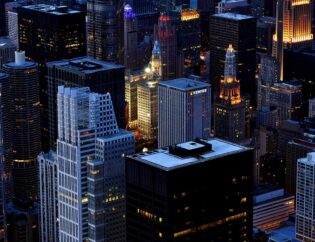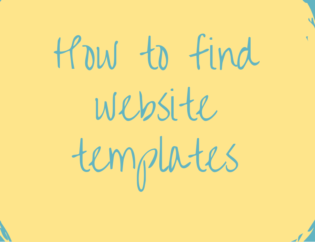
Excerpt: In this article, we will take a quick dive into the importance of UI/UX, then see what UI and UX do to your services/business that adds profit to your company. This is a quick article that gives you an overall understanding of how UX helps companies to reap increased profits and how UX Design for business is important.
Read Time: 3 mins 27 secs
Application Modernisation
Often the value of good design is undervalued and disregarded. When it comes to psychology, it just takes 4 to 6 seconds for consumers to judge whether or not they like your website. If you sell something one-of-a-kind and you’re the only one selling it, the buyer has no choice but to employ your services but if your business competitor offers the same things but has a better website then your chances will go down.
Why UI/UX is Important?

It is critical for a business to have a well-designed website. You won’t succeed without a solid UI/UX design, regardless of how long your product has been on the market. With digital times coming in, marketing too has shifted online. Hence, web and mobile applications now represent a business.
A visual compound allows determining whether one wants to work with a specific website owner or look for another. The following are some of the purposes that a visually appealing and effective UX design can perform:
- Gaining user trust;
- Displaying the company’s product line;
- Targeting direct customers;
- Securing brand identity;
- Serving as navigation;
- Quick and easy access to your products;
- Increasing customer loyalty to the brand
Putting Knowledge Into Profit
Often consumers skim a webpage before diving further into the information. They scan to determine if the website is appealing in general and only then do they begin to read the content.
Now, let’s look into how to make UI and UX design work for you?
Easy Navigation Leads to Success
Users are more likely to stay on a website if it is simple to use. As a result, visitors to your website are more likely to become customers.
Brand Identity is King
The company brand should always be visible and distinct on the website. Unless you want to be mistaken for a well-known brand, your online or mobile application should have a distinctive design that helps to set it apart from the competition.
User-friendly is Business-friendly
The corporate website should be user-friendly and interactive, in addition to being easy to navigate. Users are very likely to abandon your firm if they do not like what they see within the first few seconds. Simply add appealing images to your website, and more people will want to return.
User Interface Design that Gains Trust
The smart design might help you earn your clients’ trust. Users will regard your website as more trustworthy if it has an interactive web design and colors that evoke pleasant sentiments. Convert your users into customers by providing them with the information they require.
Help Your Client To Reach Out To You
To turn visitors into customers, they should be able to contact you as easily as pie, especially when it comes to the payment page and procedure. The success of a website is dependent on good client-side design. Users will know which page to open and which button to hit to acquire the desired result if the UX design is done correctly. As a result, your website must be straightforward and easy to use so that any potential customer may contact you and purchase what you have to offer.
Show Your Area and Targeting
If a person views your website for the first time and has no idea what you do or offer, it suggests the website’s UX and UI design need to be updated. Colors, precise positioning, and alignment of website components will make your visitors feel at ease and as if they’ve arrived at the perfect spot. Unnecessary inventiveness on your website can turn off the vast majority of potential customers.
Hence….
The design has the power to propel your website to the top, as well as to turn a profitable web product into a complete flop. When someone enters your website, they should be certain that they are in the proper location and should not require navigational assistance. Your website’s design should also be appealing but not overbearing.
Our UX design services take all of the aforementioned information and turn it into a digital product that is optimized for business. So, if you don’t have a skilled UX designer yet, we’re ready to help.










